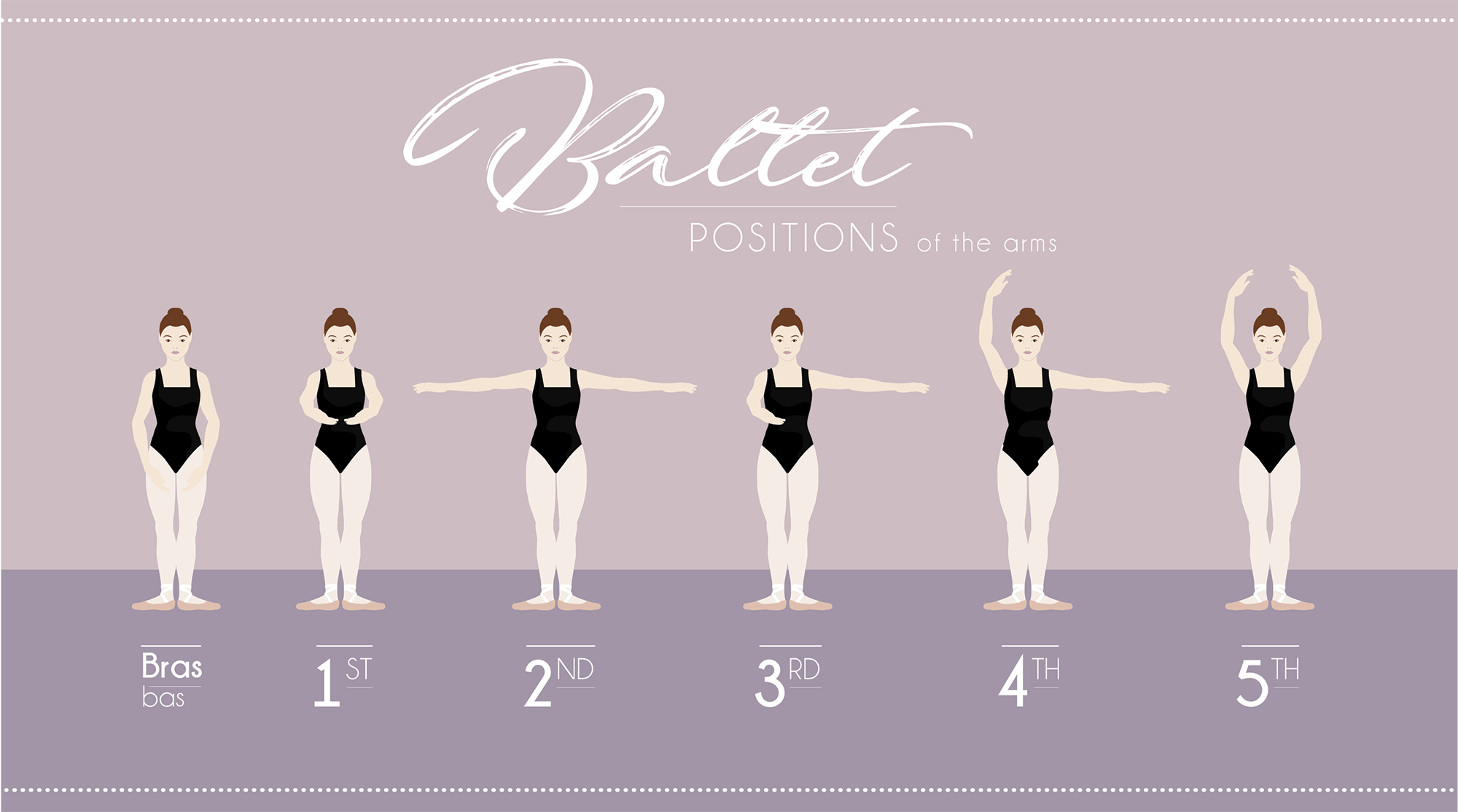Introduction
Welcome to this comprehensive blog on the 5 basic positions in dance! In the world of dance, mastering these positions is vital for building a strong foundation and technique. Each position offers its own unique benefits and challenges, allowing dancers to express themselves through movement in a graceful and controlled manner. Join us as we explore each position in detail and understand their significance in the world of dance.
Understanding the Importance of Body Alignment
Before delving into the individual positions, it is crucial to grasp the significance of proper body alignment. Body alignment refers to the correct positioning of different body parts, such as the head, shoulders, hips, and feet, to achieve optimal balance and stability. It forms the basis for executing dance movements with precision and fluidity. Maintaining proper body alignment not only enhances performance but also prevents injuries and promotes overall body awareness.
First Position: The Foundation of Ballet Technique
The first position is the fundamental stance in ballet technique. In this position, the heels are together and the toes are turned out in opposite directions, creating a straight line from the feet to the head. The first position serves as the starting point for many ballet movements, allowing dancers to develop strength, control, and alignment from the very beginning of their training.
Second Position: Embracing Space and Expansion
In the second position, the feet are wider than hip-width apart, with the toes still turned out. This position allows dancers to embrace space and create beautiful lines with their bodies. It encourages a sense of expansion and freedom, as dancers extend their limbs to their fullest potential. The second position is often used in movements that require a wider range of motion and a dynamic presence on stage.
Third Position: The Transitional Stance
Third position is a transitional stance that combines the elements of both the first and second positions. In this position, one foot is placed in front of the other, with the heel of the front foot touching the arch of the back foot. Third position facilitates smooth transitions between movements and allows for greater stability and balance. While less commonly used than the other positions, it is still essential for dancers to master.
Fourth Position: Graceful and Balanced
The fourth position is characterized by a wider stance, with one foot placed in front of the other, approximately one leg's length apart. The heel of the front foot aligns with the arch of the back foot. This position promotes a sense of grace and balance, as dancers learn to distribute their weight evenly between both legs. It provides a solid base for executing turns, jumps, and intricate footwork with precision and control.
Fifth Position: The Epitome of Elegance
Fifth position is considered the epitome of elegance in dance. In this position, the feet are tightly crossed, with the heel of one foot touching the toe of the other. The position demands strength, flexibility, and impeccable alignment. Achieving a seamless fifth position enhances the aesthetic quality of dance movements, creating a visually stunning display of poise and grace.
Conclusion
In conclusion, understanding and mastering the 5 basic positions in dance is crucial for any aspiring dancer. These positions form the foundation upon which further technique and artistry are built. By focusing on body alignment and practicing each position with intention and precision, dancers can unlock their full potential and express themselves through the beautiful language of dance.
And that concludes our exploration of the 5 basic positions in dance. We hope this article has provided you with valuable insights into the importance and significance of each position. So go ahead, embrace the beauty of dance and let your body tell stories through these fundamental positions!
